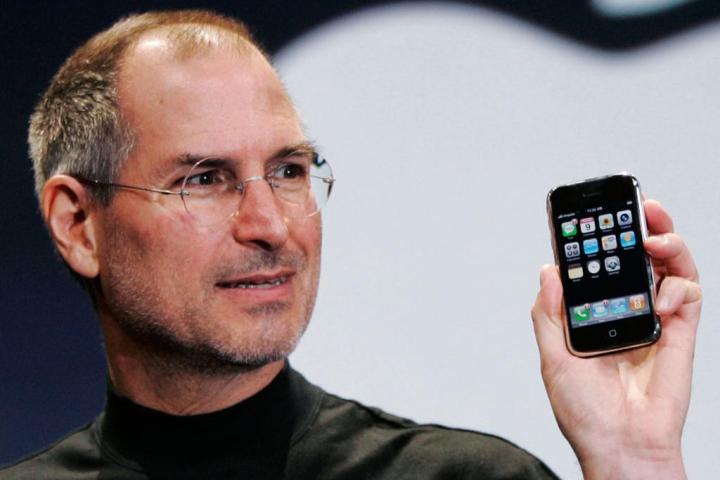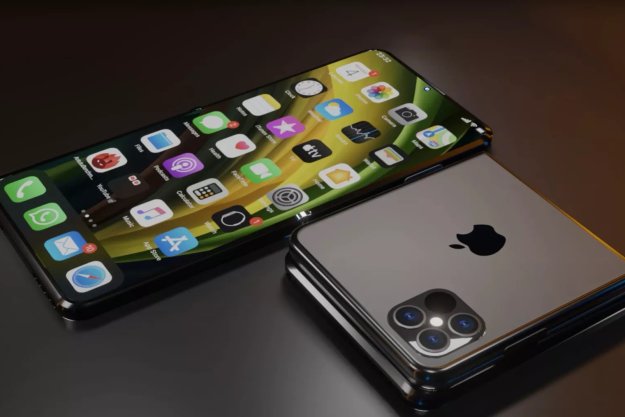
Apple Offer: Trade up to a new iPhone for as low as $10 a month
The “50 Most Influential Gadgets of All Time” list was published on Tuesday. It notes that while smartphones existed before the 2007 iPhone, “none came together as accessibly and beautifully as the iPhone.”
It goes on to say that Apple truly changed the game, putting a powerful computer “into the pockets of millions.” The phone market was just another industry that Apple revolutionized, having previously changed the music business with the iPod and iTunes.
The iPhone wasn’t the only Apple product on the list. Actually, it wasn’t even the only Apple product in the top 10, with the Macintosh sitting in third place and the original iPod snagging the ninth spot. Both products were arguably the most important in their category. While the Macintosh wasn’t the top-selling computer by any means, it was one of the first to ship with a mouse, helping change the way we interact with computers.
Of course, there are plenty of other great and influential gadgets on the list. In second place is the Sony Trinitron television, which was released in 1968, just as color TVs were taking off. This TV, however, was notable for merging what until then was three separate electron guns, an innovation that helped Sony sell more than 100,000 units.
The list is a good read, if not just for nostalgia’s sake — the Sony Walkman comes in at fourth, the Victrola record player is No. 6, and the Atari 2600 sits in 13th place. A few more recent devices also made the list; the Apple iPad features at number 25 as the device that pushed tablets into the limelight, and the Oculus Rift came in at 39th, despite the fact that it hasn’t even gone through its full release yet. Even Google Glass made the list, albeit just by a whisker, coming in at number 50.
Editors' Recommendations
- One of the most iconic iPhone accessories is back — and it’s great
- Mophie made one of the cutest iPhone accessories I’ve ever used
- Does the iPhone 15 have an overheating problem? Here’s what we know
- How to use iOS 17 FaceTime gestures (and what they look like)
- The iPhone 16’s huge redesign has leaked. Here’s what’s new


